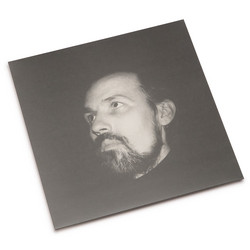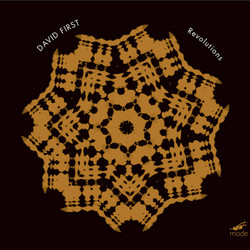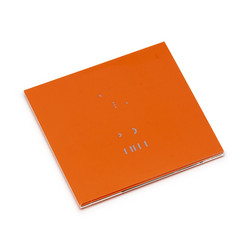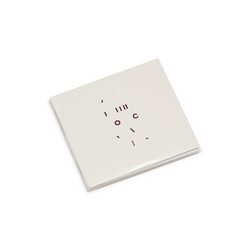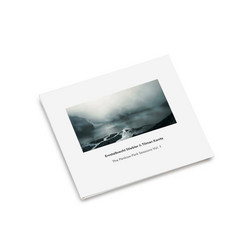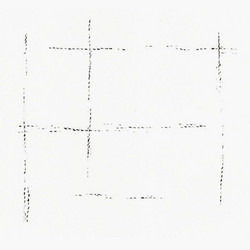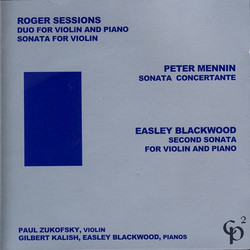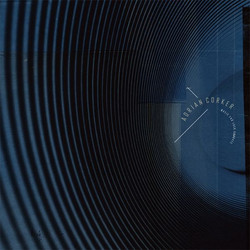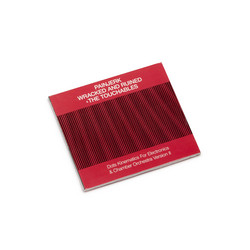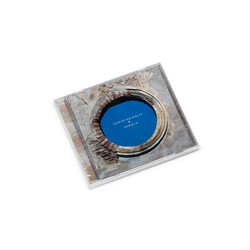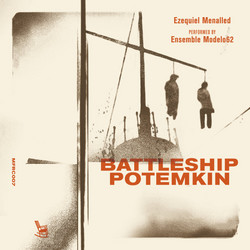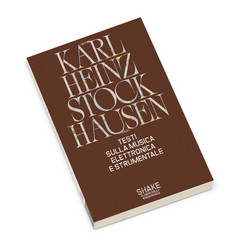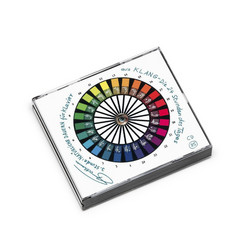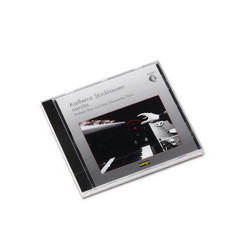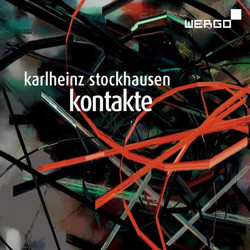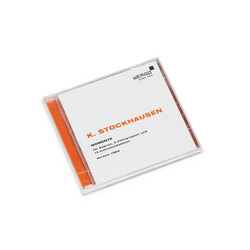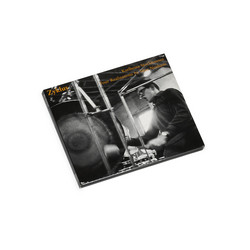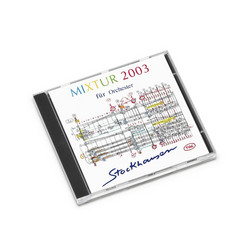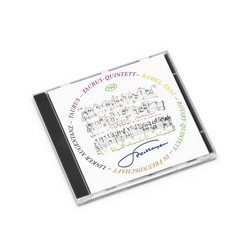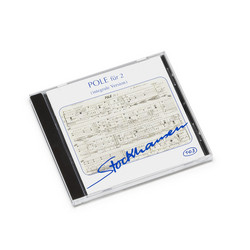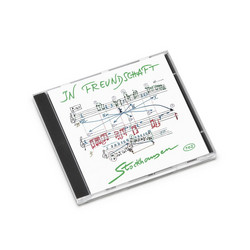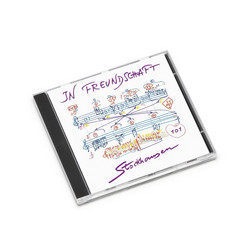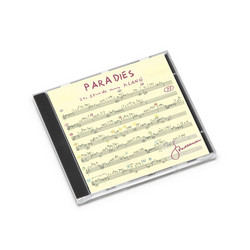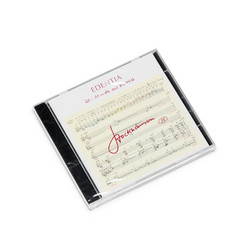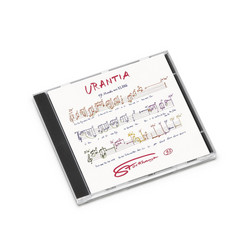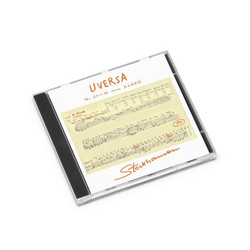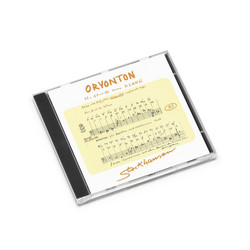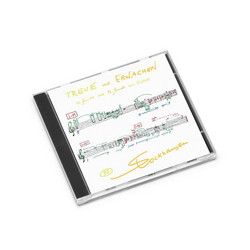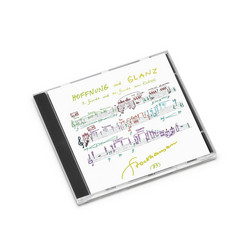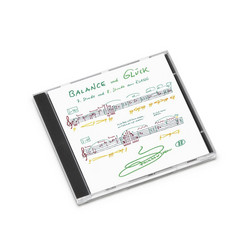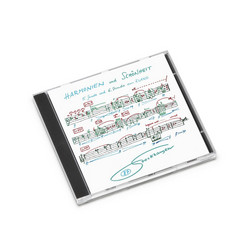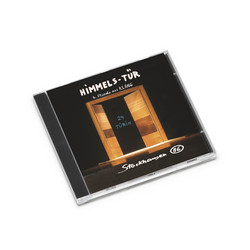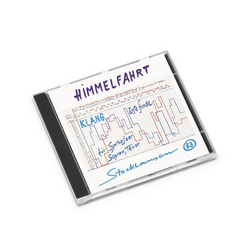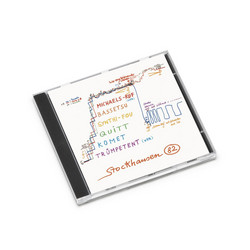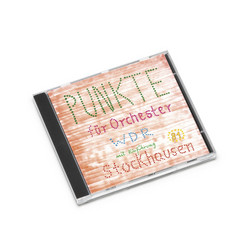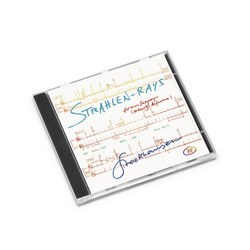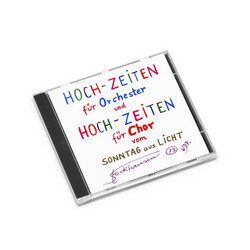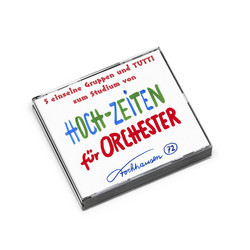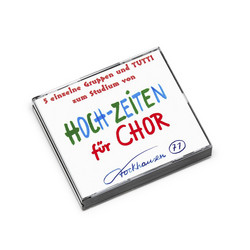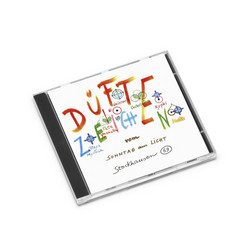Karlheinz Stockhausen
Musik Für Posaune Und Euphonium
*2022 Stock.* Karlheinz Stockhausen – “Musik für Posaune und Euphonium (Music for Trombone and Euphonium)” In Freundschaft (Für Posaune) for trombone – Signale Zur Invasion (1992) for trombone, electronic music and sound projectionist – Kinntanz (1983 / 89) for euphonium, percussionist, synthesizer player and sound projectionist "Stockhausen’s birthday gift composition for Suzanne Stephens - In Freundschaft - has been played by a number of soloists over the years, i.e., on different kinds of solo instruments. The original score was for clarinet. As often is the case with Stockhausen’s compositions, this one is to be played from memory, and typically, the score prescribes certain motions on stage. At the time of the release of this CD, IN FREUNDSCHAFT had been performed in versions for flute, recorder, oboe, bassoon, basset-horn or bass clarinet, violin, violoncello or double bass, saxophone, horn and trombone.
Stockhausen works with three layers in In Freundschaft. He calls his method here “horizontal polyphony”, and indicates that it requires “a special art of listening”. This is surely true, but you can also dip into the flow and enjoy without any special preparations. Any set of sensitive ears hooked up to a sensibly sensible brain and mind will open up the world of In Freundschaft to the splendor of Stephens’ garlands of spiraling basset-horn tones, in waves and vibrations of compressions from the shifting pillar of air inside her instrument.
The “special art of listening” that you can practice and train, leads to a deepened and furthered act of hearing, though, and is strongly recommended to those who care very much for music and their perception of it - and I suppose you wouldn’t read this if you weren’t one of those! It is rewarding on many levels. As always in Stockhausen’s music, there are many different levels of possible listening, and like the characters in Herman Hesse’s novels you can develop a deeper understanding by evolving through level after level. This quality of Stockhausen’s music, which always inspires to deeper study and more attentive listening, separates it from all other compositional acts that I have come across, and makes his music so much more meaningful, with implications that go well beyond any purely musical border lines that restrain most other composers, making Stockhausen’s music a universal music, opening up unknown worlds and connecting them in intricate, transparent patterns to our immediate local intellectual, emotional and spiritual neighborhood, in experiences wherein the distant and unknown feels familiar, and the familiar and well-known, on the other hand, strange and wonderful. His music is always, in a way, an educative event; a spiritual refining act. This quality immerses his compositional work, his rehearsals with the musicians - and the minds of those who listen!
The beginning of In Freundschaft exposes the formula for the whole work. The formula has five “limbs”, separated by pauses.
A trill is developed in the middle register by a gradual accelerando on the last interval of the fifth limb; the minor second. This trill is entrusted the modus operandi of the whole composition.
The Formel – the formula – enters in three layers, and the circumstance that demands a special art of listening mentioned above is at hand. An alternation between the limbs with a tranquil, soft and high layer, and the limbs with a fast, loud and low layer takes place around the trill segments residing in a middle layer. All pitches relate to this middle layer.
A trained ear, combined with a focused attention, will discover the relations of the layers. The high and low layers are indeed reflections of each other in time and space. A score at hand is very helpful to determine this at the first run-throughs. Stockhausen describes in the CD booklet how the layers “move chromatically towards each other in seven stages, exchanging limbs and uniting to form a continuous melody in the same register.” At two points the musician breaks out in “enthusiastic cadenzas.” Stockhausen also says that “in some places the tempo is slowed down so much, or a pitch constellation repeated so fast, that it becomes possible to perceive the finest details of the formula, and the beauty of the sound causes one to forget the development for a moment.”
Then Stockhausen summarizes the piece in this sentence: “Clear differentiation, relation to a common and constant center, exchange, approaching one another, movement of lively ascending elements towards the end of the formula: In Friendship.”
" (Excerpt from Ingvar Nordin / Sonoloco extensive review)




